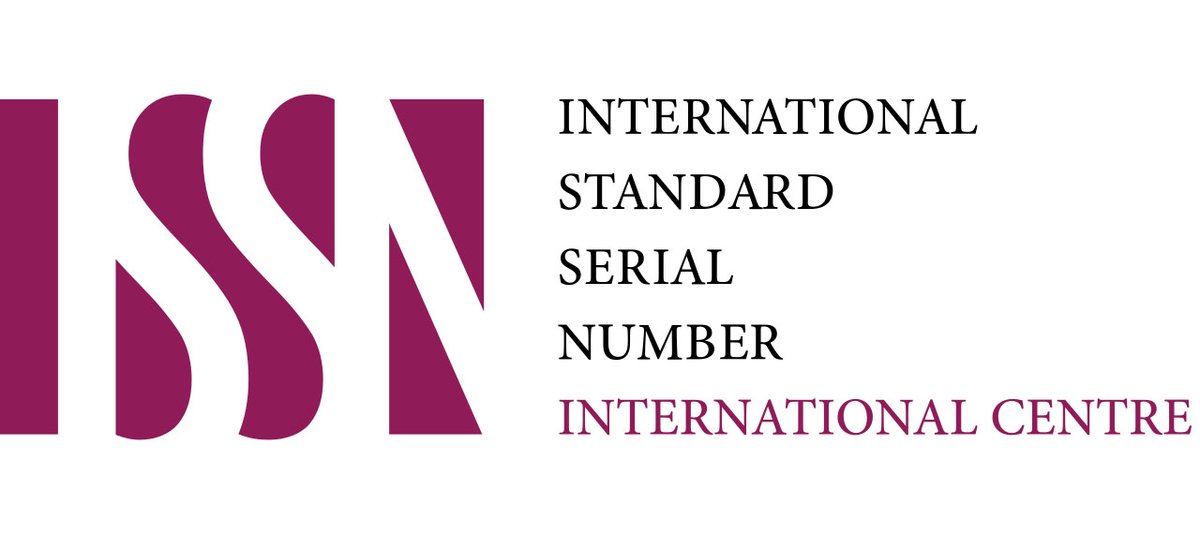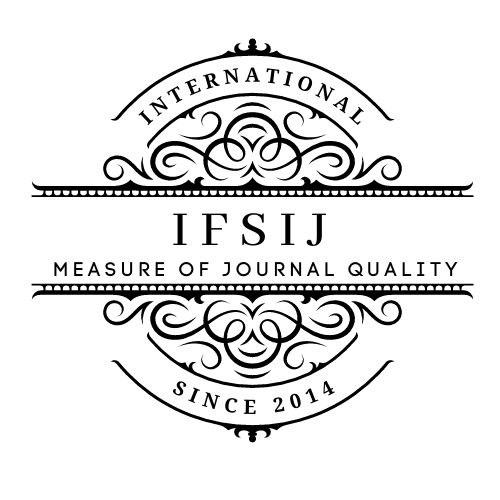HYDRONYMS OF CENTRAL ASIA IN THE SOURCES OF SHAIBANI PERIOD
Keywords:
Toponyms, hydronyms, written sources, Central Asia, seas, lakes, rivers,Abstract
It is known from history that the earliest civilizations arose along the water and served as an important factor in the development of agriculture, craft culture, architecture and urban planning. Also, in the region of Central Asia, natural and artificial, large and small water bodies and water structures have been abundant since ancient times. Water bodies also have their own names, proper names, like place names. Toponomists consider hydronyms to be the oldest names, and information about them is also found in rich written sources. The largest lake in the Central Asia - the Caspian Sea, The Lake Balkhash, which is now in Kazakhstan, and Issyk-Kul, which is located in Kyrgyzstan, were mentioned in the 16th century sources and valuable information was given. Also, the names of Amudarya such as Jayhun, Okuz, Vakhsh, Amu, Ob-i Omuya, names of Syrdarya such as Sir, Sayhun, Khojand, its inflows such as Akhsi, Chir, Zarafshan, Kashkadarya, which now belongs to the territory of Uzbekistan, Helmand, Harirud rivers which passes through the territory of Afghanistan are found in sources about. There are also valuable notes on the name by which they were known at that time and what they were called in earlier sources. Names of relatively small water bodies were researched based on the sources in the section of hydronyms in the eastern part of Central Asia, hydronyms in Mowarounnakhr, hydronyms in Dashti Kipchak, hydronyms in the territory of present Afghanistan.
Downloads
Published
Issue
Section
License

This work is licensed under a Creative Commons Attribution-NonCommercial-NoDerivatives 4.0 International License.















